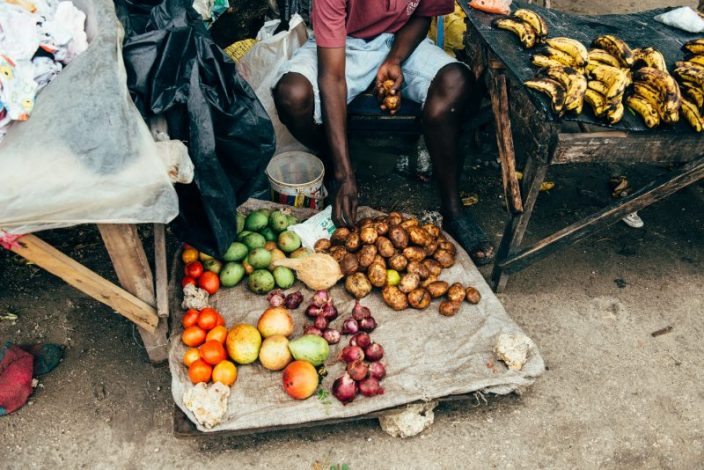Irish potato prices in Kenya have risen by 12.5 per cent on increased demand from the fast food industry and processing into high-value food products.
Relative to September 2022, the prices of Irish potatoes have increased by 12.5 in November 2022. A kilo of Irish potatoes retails at 90.78, up from 80.69 shillings.
Meanwhile, a 2Kg tin is sold between 150 – 200 shillings across the country.
Consequently, the price of a 17-kg bucket of Irish potatoes has increased to 1000 shillings, up from about 500 shillings in 2021.
Depending on the type and location, traders are selling 50-kilogram bags of Irish potatoes for between 2700 – 4000 shillings across the country.
A 50Kg bag of red Irish potatoes costs 4,066 shillings, 16 shillings more than white Irish potatoes, which cost 4,050 shillings.
For instance, in Nairobi’s Marikiti market, the wholesale price of a 50Kg bag of Irish potatoes is 2,700 shillings.
Traders directly buy the same quantity of Irish potatoes from farmers for between 1800 – 2500 shillings.
On average, a 90-kilogram bag of Irish potatoes costs 5,000 – 5,500 shillings across the country.
Irish potato production has been growing rapidly in the country due to increased growth in the fast food industries. The crop may be boiled, mashed, roasted, or fried to create numerous variations of mouth-watering meals.
An increase in potato prices has affected the prices and quantity of fries in different food restaurants across the country. For instance, a plate of chips, as it is commonly known, is now selling for as high as 250 shillings.
The cost of essential commodities has been on an upward trend since the beginning of 2022, thus pushing up the cost of living.
Inflation In Kenya
Kenya’s average twelve-month inflation rate between January to October 2022 was 7.3% compared to 6.2% in 2021, with October 2022 inflation at 9.6%, the highest since June 2017.
Monthly inflation data by the Kenya National Bureau of Statistics (KNBS) show elevated commodity costs that continue to propel Kenya’s inflation rate to multi-decade highs.
In October, the headline inflation rate soared to 9.60 per cent, up from 9.20 per cent in September.
In the latest figures, the Consumer Price Index (CPI), which measures the percentage change in the price of a basket of goods and services consumed by households, increased by 0.9 per cent from an index of 126.73 in September 2022 to 127.86 in October 2022.
The month-to-month Food and Non-Alcoholic Beverages Index increased by 1.4 per cent between September 2022 and October 2022.
“The outlook for food inflation remains susceptible to upside risks. As a result of Russia’s withdrawal from the Black Sea agreement, which allowed Ukraine to resume exports of key foods, the global wholesale price of key staple foods is anticipated to rise,” NCBA Analysts note in their NCBA Inflation Reaction for October.
“Locally, the country is experiencing its worst drought in forty years, and all signs point to a fifth consecutive failed rains season. This will have a negative effect on agricultural output.”
In addition, Sterling Capital Research, in their Topical Note, “Our opinion on investors’ is that they believe that “inflation is higher” than the official rates published by the KNBS on account of the price increases of most basic goods over the last year.
As at the end of October 2022, commodity prices per unit measure of cooking oil, maize flour, milk, beans, sugar, potatoes, kerosene, diesel and petrol increased 33.6%, 33.5%, 17.1%, 24.4%, 36.3%, 32.6%, 41.6%, 47% and 37.2% respectively year on year.




2 Comments
That is good but I have mine who can I sell my irish potatoes
Please I want to sell my irish potatoes